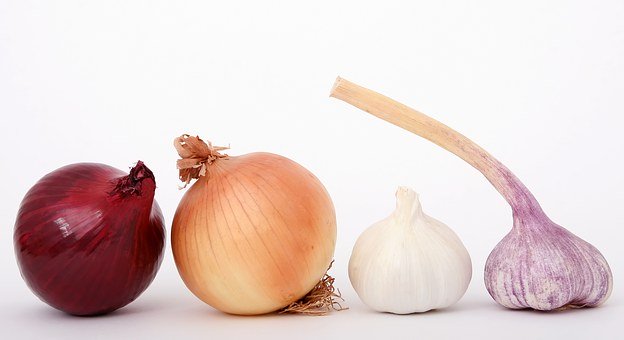Dietary fibers shape the gut microbiota. These prebiotics determine microbial structure and function; we truly are what we eat.
Targeted Approach to Health
Recently, researchers delved into how specific fibers may define the microbial picture in human guts. This targeted approach has potential therapeutic value as manipulation of microbes may help in management of several health conditions. Many gut bacterial species and their metabolites may impact prevention or treatment of diseases such as inflammatory bowel disease, diabetes, obesity, cancer, and autism.
Dietary Fiber and Microbes
Dietary fibers are composed of an assortment of simple and complex structures that require sophisticated bacterial mechanisms to be accessed, degraded, and utilized for energy and carbon. These thousands of discrete fiber structures conceivably could be used to favor bacteria in the competitive colon environment.
For the most part, microbes compete for these substrates, with overlapping abilities to use them. Interestingly, some fibers are only digestible by a narrow group of bacteria.
A recent project outlined in New View on Dietary Fiber Selection for Predictable Shifts in Gut Microbiota classified fibers in relation to their specificity toward gut microbes.
The use of such fibers as prebiotics targeted to specific microbes would allow selective stimulation of growth of microbes associated with health.
Challenge to Targeted Prebiotics
A major complication is that common prebiotic fibers produce different results in different people.
It is thought that competitive pressures within the gut dictate different fiber response outcomes. For example, in one recent human study, distinct personalized bacterial responses were observed among individuals consuming the same groups of food. This is likely due to the response being dependent on the composition of the microbial community.
Data from the Human Microbiome Project confirmed the diversity and abundance of each habitat’s signature microbes to vary widely even among healthy subjects, with strong niche specialization both within and among individuals. Predictability would then be far less likely.
Dietary Fiber Model for Microbial Specificity
Take a look (in the broadest sense) at the hierarchy model proposed by the authors:
Top of hierarchy: low-specificity fibers
Many microbes can access and use these fibers. Examples in this category are the well-known fructooligosaccharides (FOS) as well as inulin.
Bottom of hierarchy: high-specificity fibers
Only a few bacteria can access, degrade, and utilize these types efficiently. It appears that the more complex the DF, the fewer the bacteria in the gut capable of fermenting it. An example is insoluble β-glucans, with its complex structure and insolubility, which presents another barrier to usage.
Common fibers are usually less specific
Evolution favored microbes that fed on fibers common in the diet. Fewer microbes arose that could use uncommon fibers. Therefore, fewer microbes compete for uncommon fibers of higher specificity.
The benefit to a high degree of specificity: less competition will increase the potential for targeted action. Such fibers could potentially be used to target shifts in specific microbes known to be conducive to healthy outcomes.
Takeaway
The ubiquitous list of common prebiotic foods (courtesy of Doctors Health Press) includes foods high in inulin and FOS:
- Chicory root: 41.6 g inulin and 22.9 g FOS
- Jerusalem artichoke: 18.0 g inulin and 13.5 g FOS
- Dandelion greens: 13.5 g inulin and 10.8 g FOS
- Garlic: 12.5 g inulin and 5.0 g FOS
- Leeks: 6.5 g inulin and 5.2 g FOS
- Asparagus: 2.5 g inulin and 2.5 g FOS
- Wheat bran: 2.5 g inulin and 2.5 g FOS
- Baked wheat flour: 2.4 g inulin and 2.4 g FOS
- Banana: 0.5 g inulin and 0.5 g FOS
This list may well expand as research learns more about other dietary fibers that target specific microbes. Meanwhile, also eat more whole grains, fruits, beans, legumes, nuts and seeds.

